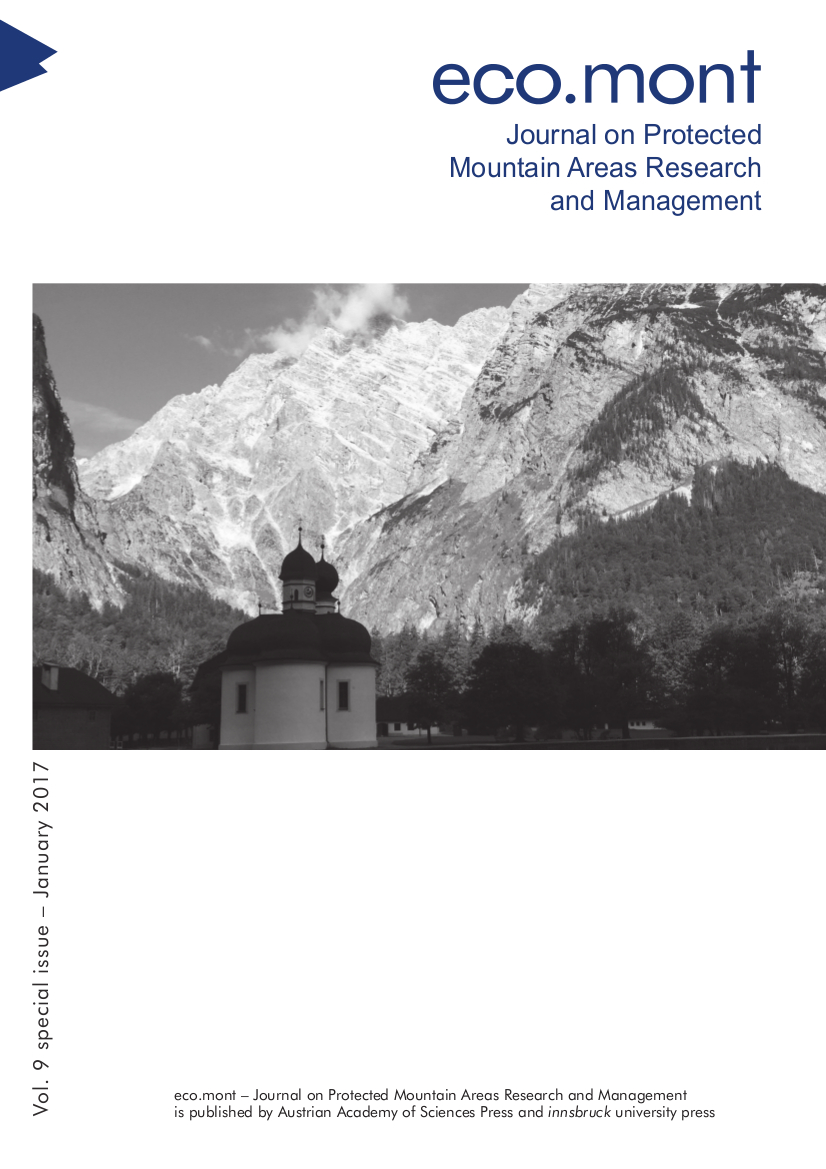
Eco.mont Vol. 9 special issue, pp. 5-16, 2017/01/13
Journal on Protected Mountain Areas Research and Management

Nearly a quarter of the Alpine area is covered by a dense network of large protected areas (LPAs) of the four categories national park (NP), biosphere reserve (BR), nature park and world natural heritage site (WNHS). From the time of early industrialization, the Alpine area has undergone a mixed and increasingly polarized demographic development between the poles of immigration and emigration. This article investigates the possible mutual impact of population development and the existence of LPAs. The research design includes a quantitative survey of all Alpine LPAs in terms of their population development and the structure of immigration in the first decade of the 21st century. This will be linked with qualitative expert interviews in four selected NPs. The overall results allow an interpretation of the statistical correlations between type of LPA and migration.
Keywords: amenity migration, national parks, population, protected areas, regional development